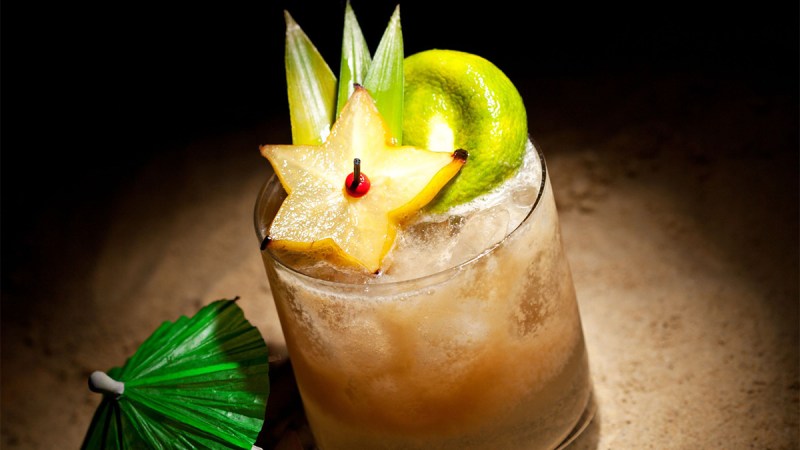
The name orgeat is French and derived from the Latin “hordeaceus,” which means “made with barley.” In French, barley is called orge and the syrup, while it doesn’t have barley in it now, used to be made from a mix of barley and almonds and used as a substitute for milk because of its stability and the fact that it did not need to be refrigerated. Nowadays, because refrigeration is a thing and there are more milk substitutes than states in the union, orgeat (which is made with almonds, sweetener, and a bit of orange or rose water) is used almost exclusively in cocktails and, of those cocktails, most are tiki style, because the sweetness and nuttiness from the orgeat blends incredibly well with the citrus flavors you’ll find in the drinks.
You can buy high-quality orgeat from producers like Small Hands Foods, but it can end up being pricey if you intend to buy a lot of it (remember, though, that you don’t need a lot per drink—orgeat is intense and powerful in even small amounts). The cheaper stuff, such as that made by Torani (you know, the syrups that go into every Italian soda ever) is readily available in most grocery stores but with those syrups, most do not even contain real almond and you will sacrifice flavor for price.
Who wants to buy, though, when you can show off and make the stuff? The recipe doesn’t call for that many ingredients, and it’s pretty easy to make. This recipe by Marcia Simmons, author of DIY Cocktails is a great place to start.
Editors' Recommendations
- You’re overlooking the most important ingredient in your cocktail
- All the new whiskies you need to drink this fall
- Everything You Need to Know about Filipino Food: The Next Great American Cuisine
- 5 Emerging West Coast Wineries You Need to Know
- What You Need to Know About Serbian Wine




